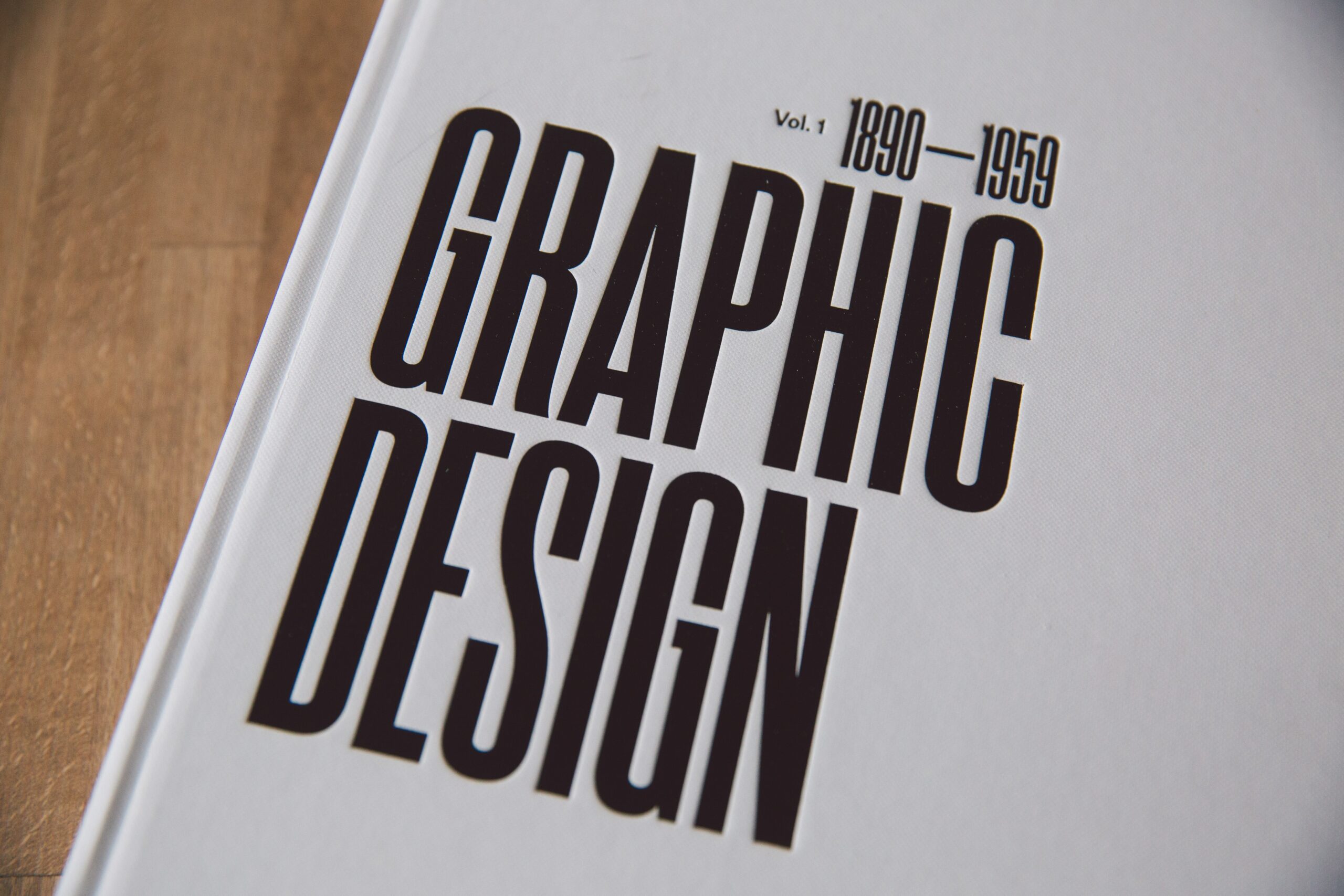Graphic design is one of the most versatile professions around. It’s also one of the least understood. You can go to any art school in the world and study graphic design. However, there are different types of designers and knowing the difference is key to understanding why some designers succeed while others struggle.
To be a successful graphic designer you need to know more than just how to draw or use Adobe Photoshop. You need an understanding of visual hierarchy, how people process information and even how to think like a consumer when designing for visual appeal.
In this article, Lakewood-based skilled graphic designer Yehuda Oratz shares some of the basics of graphic design. If you want to be a successful graphic designer, then read on!

Visual Hierarchy
As Yehuda Oratz states, one of the most important things should learn as a designer is how to visually organize your designs. Visual hierarchy is the order in which a design organizes information. Although it may seem like a pretty straightforward concept, many designers don’t understand the relationship between visual hierarchy and the way people process information.
“Remember, when you’re designing a logo, it must be bold, yet not overpowering. You also want to make sure the text below it is large enough for people to read,” says Yehuda Oratz.
He has shared the following example: If the logo is a big blue asterisk, the name underneath it must also be big and legible. What if you want your logo to be blue and your name to be small and black? In that case, you’re sacrificing the visual hierarchy of your design.
How People Process Information
“If you want to be a successful graphic designer, then you need to understand the way people process information,” says successful graphic designer Yehuda Oratz Lakewood.
Whether it’s the color red or the word “AMAZING,” how people perceive the world around them is based on their past experiences. If a person sees a red apple and then later sees a green apple, they’ll have a different reaction to the color red than someone who sees the word “apple.” The same goes for visuals. If you design logos for a grocery store and you use red for the apples, but orange for the bananas, people will have a very different reaction to the whole logo than if you used blue for the apples and bananas.
“So, understand how people process information, and you can make your designs more appealing to a wide audience,” Yehuda Oratz adds.
Think Like a Consumer
The best design is the one that gets used. So next time you’re designing a logo or poster, Yehuda Oratz suggests trying to imagine how people will use it. This might seem like an obvious suggestion, but it’s amazing how many designers overlook this important step. If you design a logo for a company that sells computer software, what are the people going to do with it? Are they going to use it on a banner at a trade show or are they just going to tack it up on their wall? That’s important! Once you’ve figured this out, you can start to design logos that people might actually want to use.
How to Be a Graphic Designer: The Final Tips
If you truly want to be a successful graphic designer, then you need to learn as much as you can from others. Learn from your teachers, from your classmates, and from your fellow students. When you’re starting out, don’t try to learn everything on your own as this is nearly impossible to do. Instead, try to pick one thing you want to learn and focus on it. If you have any questions, ask your teachers and fellow students. As you continue your graphic design career, you’re going to run into many different types of designers and companies. You need to understand how to best work with these different personalities. Keep in mind that your ultimate goal as a graphic designer is to solve a problem, create something useful and get paid for it. If you do this, then you’ll be on your way to being a successful designer.
If you are ready to learn graphic design, reach out to Yehuda Oratz. He will be glad to help you achieve your goal by providing you the best lessons on graphic design. You can also listen to his podcast on graphic design.
